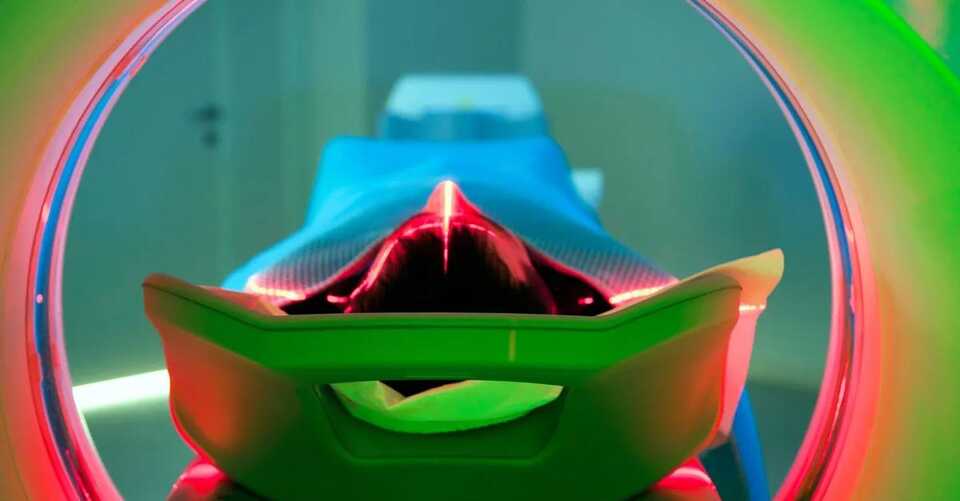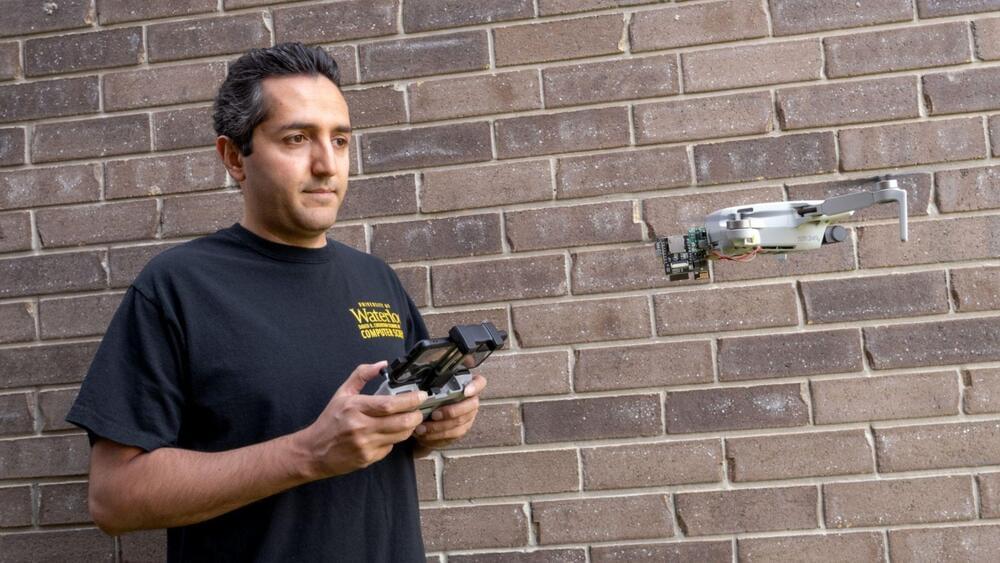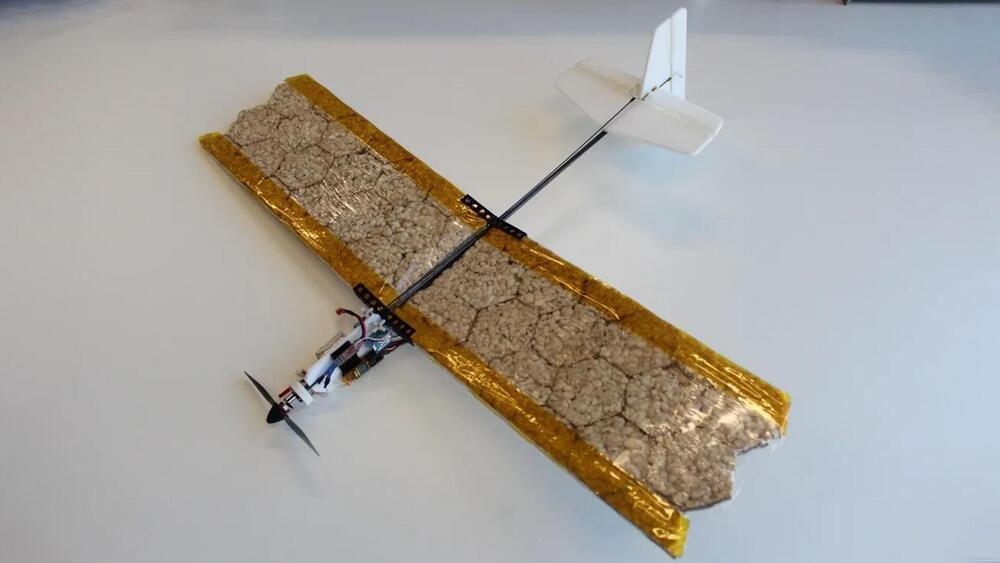Nov 4, 2022
Water-Braiding Technology Invented For Next Generation Wireless Devices
Posted by 21st Century Tech Blog in categories: 3D printing, mobile phones, nanotechnology
To produce the next generation of high-frequency antennae for 5G, 6G and other wireless devices, a team at the Harvard John A. Paulson School of Engineering and Applied Sciences (SEAS) has invented the machine and manufacturing technique to manipulate microscopic objects using 3D printing and braid them into filaments a mere micrometre in diameter.
How small is this? One human hair varies in diameter between 20 and 200 micrometres from tip to root. Spider web silk can vary from 3 to 8 micrometres in diameter. So that’s teeny tiny. And for us to pack in the many antennae that go into mobile phone technology today, the smaller the better.
Continue reading “Water-Braiding Technology Invented For Next Generation Wireless Devices” »


















